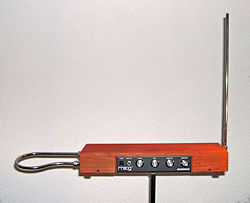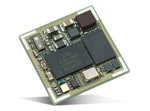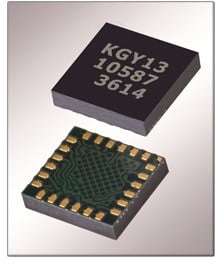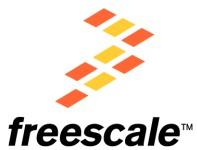 If you've used the Arduino enough to understand its shortcomings, or perhaps even dared to mention them alloud, be cheered, the gods have heard your prayers - and yes Omilex has been making devboards and breakouts long enough to be a god. This new Arduino Clone from Omilex addresses (almost) all of the complaints raised here and at Hackaday etc.. of the Arduino: with a host of pretty clever, if not always novel solutions. I'll count down the top 10 complaints again with fixes provided by the engineers at Omilex.
If you've used the Arduino enough to understand its shortcomings, or perhaps even dared to mention them alloud, be cheered, the gods have heard your prayers - and yes Omilex has been making devboards and breakouts long enough to be a god. This new Arduino Clone from Omilex addresses (almost) all of the complaints raised here and at Hackaday etc.. of the Arduino: with a host of pretty clever, if not always novel solutions. I'll count down the top 10 complaints again with fixes provided by the engineers at Omilex.
#10. Accidental resets - Re-introduce the Atmel recommended noise suppression - check.
#9. Analog sucks - Separate regulator for Analog, optional Vref for even more precision - check.
#8. Shields cover reset switch - move switch - check.
#7. Shields short out on USB connector - use mini usb check.
#6. Pin layout is Random - new set of .1 centered pins - check.
#5. Frequency dependencies - provide replaceable crystal - check
#5. Linear regulators suck - use proper regulator - check.
#4. Pin assignment is Random - group power and signal together in Uext connector for GPS, ZIGBEE, I2C, etc...
#3. Power wire in a portable world - add lithium charger and auto switching - check.
#2. 5v in a 3v volt world - provide 5v/3.3v switch.
#1. Battery life sucks - lose the firestarter and add real ULP Voltage regulators - check.
And this is the short list, add real time clock support, 4 mounting holes, and Industrial temperature components and the Olimexino is far and away the highest quality Arduino Board ever produced for $29 on Mouser.












 on his Sunday CNN Show, Fareed Zakaria recommended this book and said it was relevant to the modern discussion of Ideas as Property (Patents). I should very much like to hear the perspective of DIY thinkers on the relative merits of Idea ownership, Idea sharing, and how they might reform the current Patent system. Is it still a tool for social mobility - and impetus for the Industrial revolution - as it was for Watts and his Steam engine - or has it been captured by static institutions in a way that precludes growth - especially from new entrants? Has the narrative of a man, a plan, a steam engine - become overwhelmed by patent sweatshops at MS and HP patenting the obvious and mundane, as a means of pulling up the ladder?
on his Sunday CNN Show, Fareed Zakaria recommended this book and said it was relevant to the modern discussion of Ideas as Property (Patents). I should very much like to hear the perspective of DIY thinkers on the relative merits of Idea ownership, Idea sharing, and how they might reform the current Patent system. Is it still a tool for social mobility - and impetus for the Industrial revolution - as it was for Watts and his Steam engine - or has it been captured by static institutions in a way that precludes growth - especially from new entrants? Has the narrative of a man, a plan, a steam engine - become overwhelmed by patent sweatshops at MS and HP patenting the obvious and mundane, as a means of pulling up the ladder?
